Starting an urban farm
chardy_har_har
9 years ago
Featured Answer
Sort by:Oldest
Comments (38)
cole_robbie
9 years agolazy_gardens
9 years agoRelated Discussions
Urban farming 2.0: No soil, no sun
Comments (25)I think that the "empty big box store" part of idea is terrible for a number of reasons. One would be infrastructure problems in old or even newer dissimilar buildings. A fast-food restuarant or even a large retail store doesn't buy and raze the lot next door to put up a newer building just because they need more space - there are functional flaws in the older building design even though it was purpose built for that business at one time. It would be prohibitively expensive to repurpose these buildings (or it would have been done $$$.) Another reason would be zoning laws and concerns. For example - if I owned a furniture retail store next to a large grocery store that shut down I doubt that I would be much more upset over a livestock auction moving in next door than over a lettuce factory because I would want the traffic from a compatible business or barring that traffic at all. It would have been great if the article was about q business succeding because of their beliefs against long odds because local consumers wanted their product (this can be done). What I read the article as was that a government supported group in Vancouver *CANADA* (because IMO the writer wants to confuse Vancouver BC with Vancouver WA) has a "system" that they think has potential and then all of a sudden the article shifted with no transition to the *US* where it appears that not a leaf of lettuce has been grown. The phrases "might yield", "should finish" and "plans to grow" should send "investors" running, Well meaning people and government at different levels can do a lot of damage to progress by favoring one idea (or person) over another. Many should step aside and let things take their course. There seems to have been quite a bit of *REAL* success in CSA (Community Supported Agriculture) and farmer's markets recently....See MoreUrban Farming from Countertop to Table
Comments (1)I'm waiting for the sequel: "How to grow fruit trees in your 2005 VW Beetle convertible"....See More2012 Grow Season
Comments (4)UrbanFarm210 - we sometimes get advertising which is not allowed, and possible "open the link and get a surprise....virus!" on this forum and I thought the same thing Melvelena did about the URL, so was afraid to try to go there. And I did see that you just joined the forum the same day which is an indication of advertising or worse. Sorry if I hurt your feelings, and hate to have to watch out for spammers etc., but it happens....See MoreUrban Farming
Comments (5)Similar kinds of things I am aware of or involved with in Philadelphia, Cleveland, and locally where I live in the Lehigh Valley. For example, there's a group I know of where a woman is donating her large property for the youth group of her church to grow food to donate to the local food pantry and also the United Way there is attempting to coordinate home gardeners to be able to donate excess produce to the needy (the big issues with donations are always storage and distribution). Like I said in that other article that got pulled for whatever reason, where there's a will there's a way. It's great work to be involved with! Here is a link that might be useful: Gardens of Giving in Saylorsburg, PA...See Morejnjfarm_gw
9 years agolazy_gardens
9 years agochardy_har_har
9 years agorandy41_1
9 years agochardy_har_har
9 years agonaturegirl_2007 5B SW Michigan
9 years agochardy_har_har
9 years agojrslick (North Central Kansas, Zone 5B)
9 years agochardy_har_har
9 years agojnjfarm_gw
9 years agochardy_har_har
9 years agojrslick (North Central Kansas, Zone 5B)
9 years agolazy_gardens
9 years agojrslick (North Central Kansas, Zone 5B)
9 years agochardy_har_har
9 years agolast modified: 9 years agojrslick (North Central Kansas, Zone 5B)
9 years agochardy_har_har
9 years agobrookw_gw
9 years agojrslick (North Central Kansas, Zone 5B)
9 years agolast modified: 9 years agochardy_har_har
9 years agochardy_har_har
9 years agochardy_har_har
9 years agojrslick (North Central Kansas, Zone 5B)
9 years agolast modified: 9 years agobigdually
9 years agochardy_har_har
9 years agochardy_har_har
9 years agobigdually
9 years agochardy_har_har
9 years agorandy41_1
9 years agochardy_har_har
9 years agochardy_har_har
8 years agobigdually
8 years agochardy_har_har
8 years agochardy_har_har
8 years agojnjfarm_gw
8 years ago
Related Stories
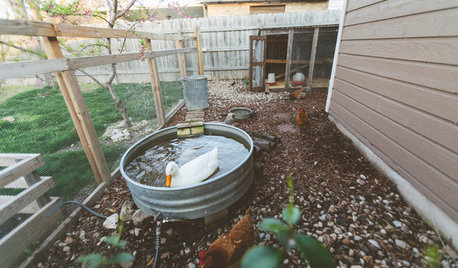
FARM YOUR YARDMy Houzz: An Urban Farm and Animal Sanctuary in Austin
Four dogs, four chickens, a duck and a kitten find refuge in a photographer’s updated home
Full Story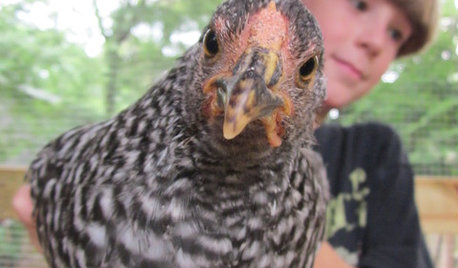
FARM YOUR YARD4 Farm-Fresh Chicken Coops in Urban Backyards
These Atlanta henhouses are worth crowing about for their charming, practical designs
Full Story
GARDENING GUIDESSeeds or Seedlings? How to Get Your Garden Started
Growing delicious herbs and vegetables starts with knowing your goals and when you want to plant
Full Story
FARM YOUR YARD6 Things to Know Before You Start Growing Your Own Food
It takes time and practice, but growing edibles in the suburbs or city is possible with smart prep and patience
Full Story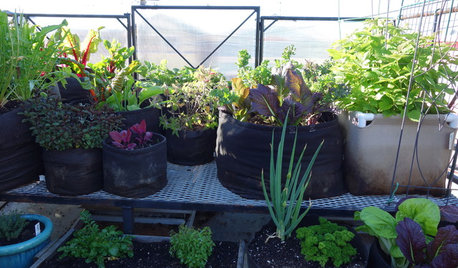
FARM YOUR YARDAn Urban Greenhouse Overflows With Edibles
Making meals just means stepping into the yard for a San Francisco couple who revamped an old orchid house
Full Story
DECORATING GUIDESHow to Decorate When You're Starting Out or Starting Over
No need to feel overwhelmed. Our step-by-step decorating guide can help you put together a home look you'll love
Full Story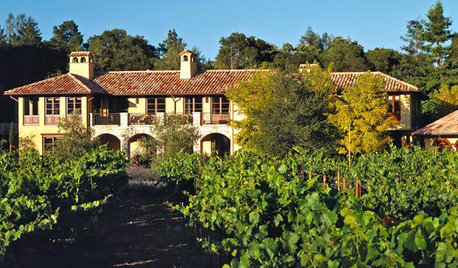
GARDENING AND LANDSCAPINGHow to Start a Home Vineyard
Dreaming of a winemaker's life? You may be able to have it where you are
Full Story
MOST POPULARHow to Start a Cool-Season Vegetable Garden
Late summer and late winter are good times to plan and plant cool-season crops like salad greens, spinach, beets, carrots and peas
Full Story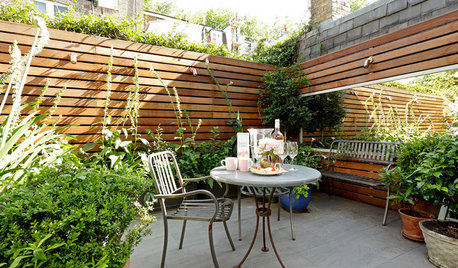
CONTAINER GARDENSPocket Gardens, Pint-Size Patios and Urban Backyards
A compact outdoor space can be a beautiful garden room with the right mix of plantings, furniture and creativity
Full Story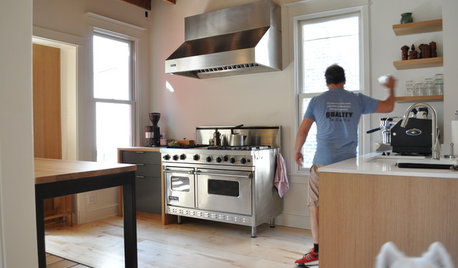
KITCHEN DESIGNPro Chefs Dish on Kitchens: Paul Kahan Shows His Urban Sanctuary
Peek inside Kahan's newly redone home kitchen and learn what he considers most important for a cooking space
Full Story


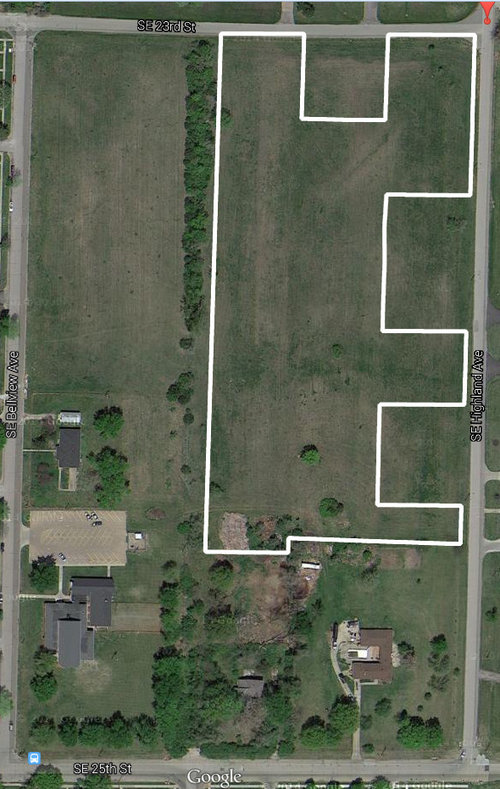
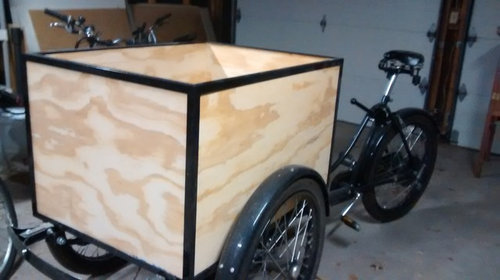


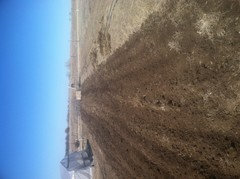



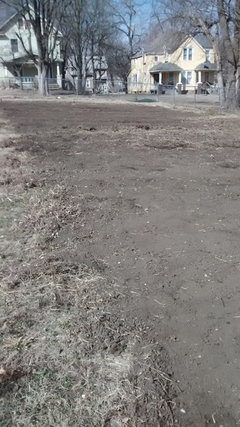

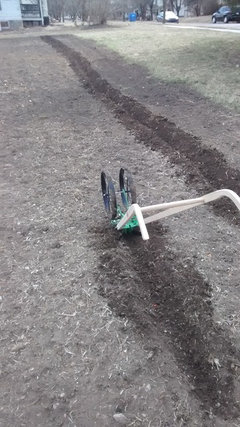
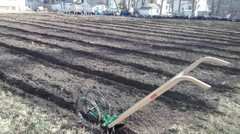


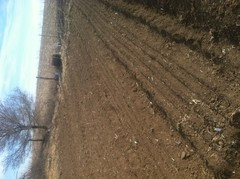
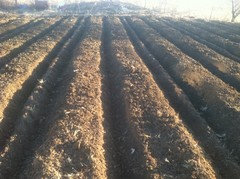

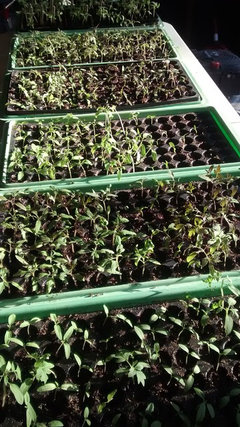


chardy_har_harOriginal Author